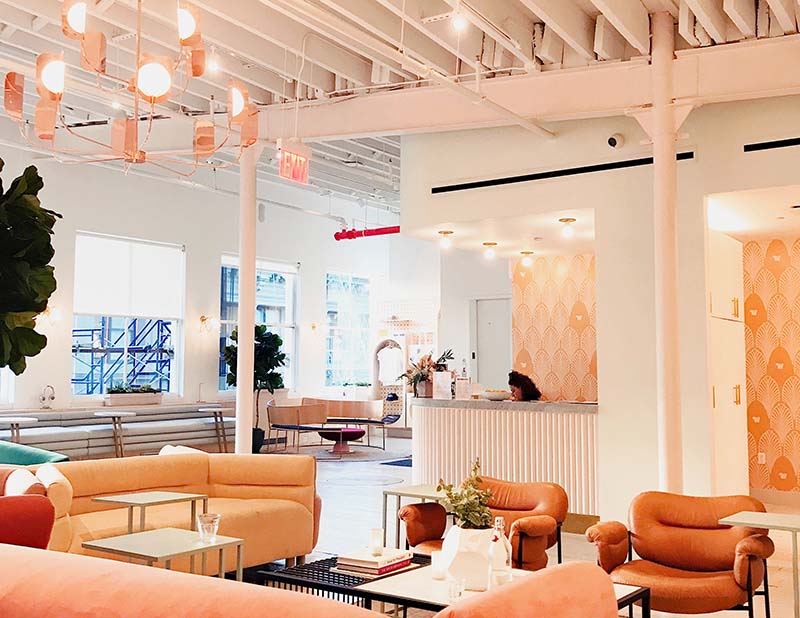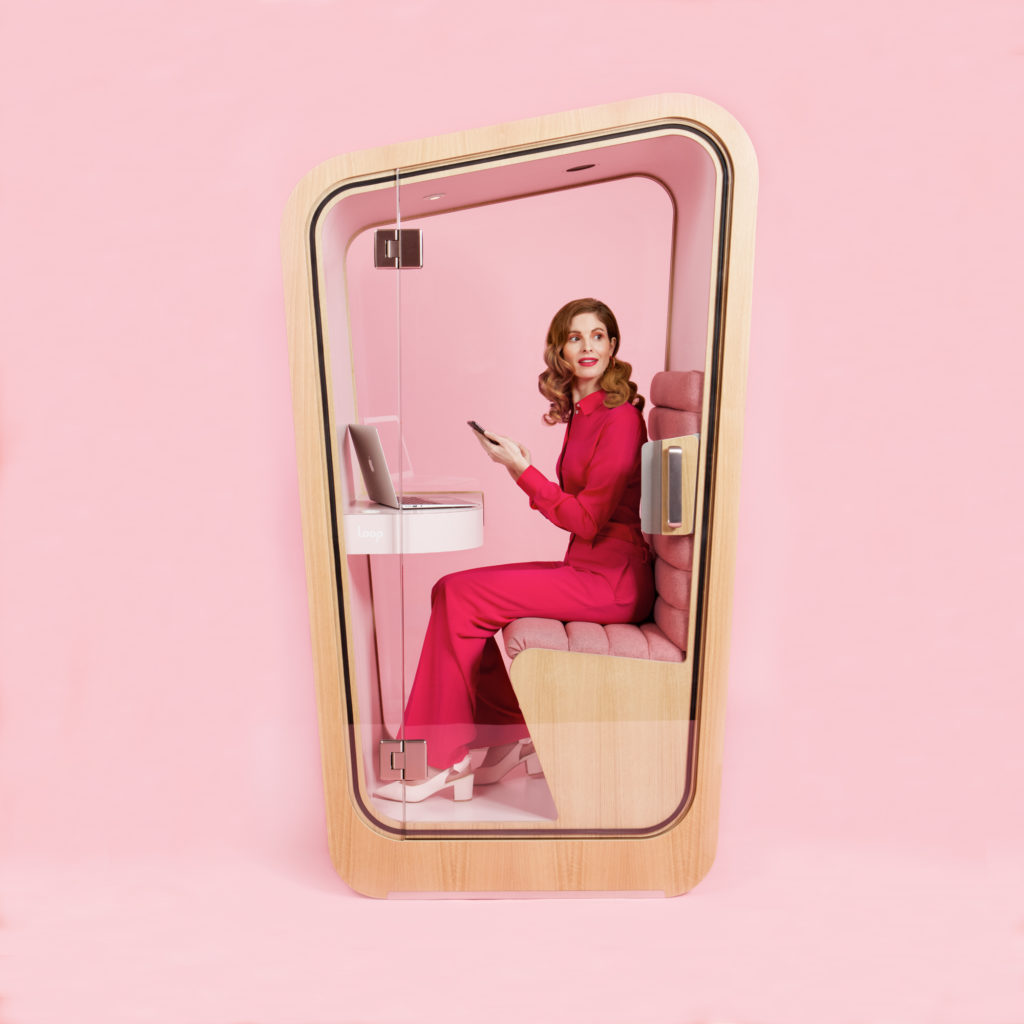Creative workspace design is essential if your company is continuing with a hybrid or in-person format for employees. Cubicles and fluorescent, harsh lighting simply aren’t the standard anymore. That being said, it’s hard to transition the typical office to a workspace that facilitates creativity and productivity overnight.
Remember, your office reflects not only how your business operates but also the office culture, energy of the employees, and space itself. As a business leader, ask yourself: Are my colleagues comfortable at work? Are they equipped with all the tools they need to make working in person worthwhile? Are there spaces for people to work collaboratively but also individually if they prefer? Do people seem happy at the end of the workday?
These questions and a few research-backed suggestions can help you with your creative workspace design, which can ultimately boost productivity, facilitate growth, and improve your employees’ quality of life.
Start By Crowdsourcing
First, consider asking around to determine what your employees like and dislike about your office. You may get an overwhelming amount of input, but it can help guide your design decisions and can allow your employees to feel heard and involved. You can send out a survey, set up office hours for people to share their opinions, etc. Endless options are available for inclusion and execution.
If that’s not feasible with your existing workload and bandwidth, we’ve gathered some additional tips for improving your creative workspace design.
Leave White and Gray for Tech – Not for Ambiance
Color, especially the right color(s), can create a comfortable yet lively atmosphere. A 2012 study focused on the effects of paint colors in medical settings, and it’s worth a read to better understand the correlation between colors and eye strain, how lighting impacts direction and visibility, and how to achieve specific energies – such as serenity or liveliness – in a designated space.
Regarding the color white, the article reads, “…while some designers use white to evoke a sense of clarity and denote cleanliness, others state that white walls are clinical and even eerie.”
We can apply the same concept to office spaces. Stark-white and gray tones often appear daunting, overwhelming, and potentially distracting, on a subconscious level. These cool, bleak colors can make the day feel like it’s dragging on, which, if an employee is pulling long hours, can put them on the fast track to feeling burnt out and mentally drained.
Color theory is a key player in creative workspace design, which is why you’ll find several modern offices embracing shades of green, blue, and brown, or even brighter, stimulating colors like orange, yellow, or purple. If you want to stick to neutrals, consider pops of color in the furniture or art that you feature in various spaces.
Make Room to Breathe, Literally

High ceilings are everything in a workspace, which is a detail that might get overlooked. Fast Company looked into the psychology of high ceilings and said, “Part of the appeal of high ceilings is no doubt related to a general preference for space” and further, “Some research from a few years back ties high ceilings to a psychological sense of freedom.”
Alternatively, low ceilings can make people feel stuck – trapped even – potentially stunting their work productivity and desire to come into the office. Pair high ceilings with a cohesive, open floor plan, and you’ve got yourself a slam dunk in the layout department.
If this layout design isn’t in the cards, you can opt for wellness spaces that incorporate openness, light, and quiet (or white noise, if that’s your thing). The creative workspace design choices you make are entirely up to you, your space, and your team.
Consider Different Work Styles
Keep in mind that introverts and extroverts work differently. The four core learning styles – visual, auditory, reading and writing, and kinesthetic – also contribute to how people work. Offices used to enforce a mandatory one-size-fits-all, 9-to-5 workplace, but now, leaders can change the status quo in several ways, from flexible work arrangements to creative workspace design.
The bottom line: As the workforce continues to shift, it’s essential to design inviting, collaborative, creative, and effective spaces that people enjoy working in.
Creative Workspace Design Starts with Loop

At Loop, we believe that office acoustics and noise control play a major role in creating a healthy, comfortable, and productive work environment. We create unexpected design solutions to everyday workplace problems through our sustainable, functional, and modern workplace products.